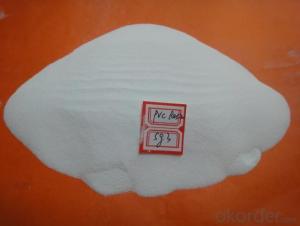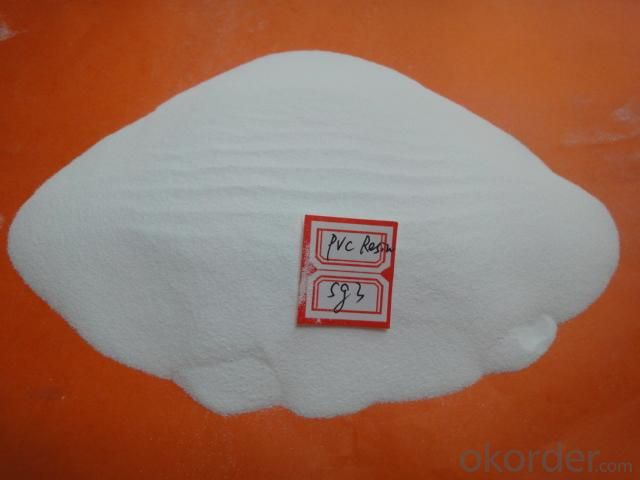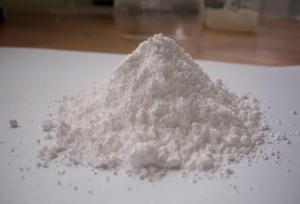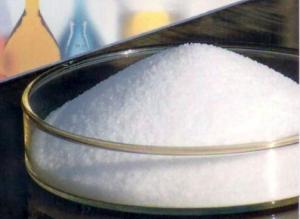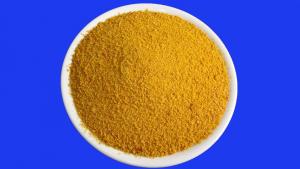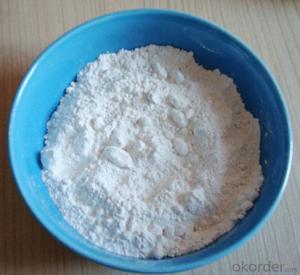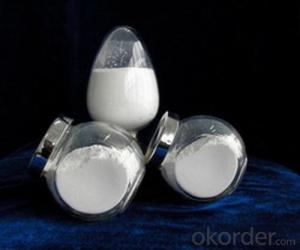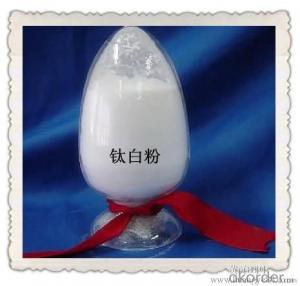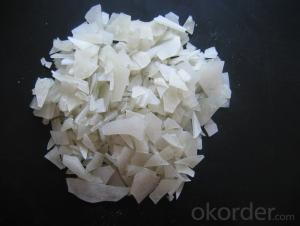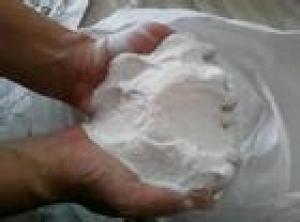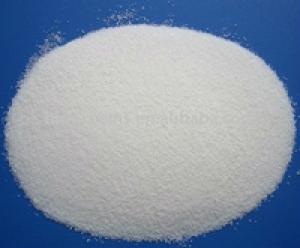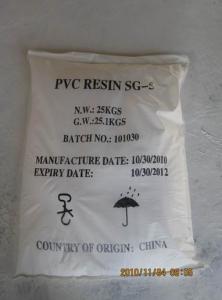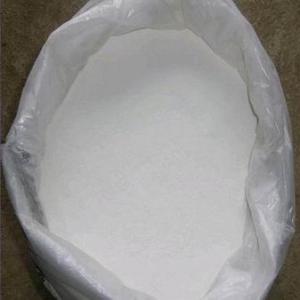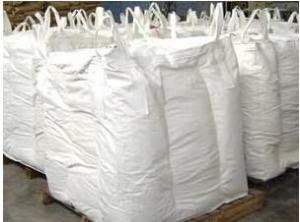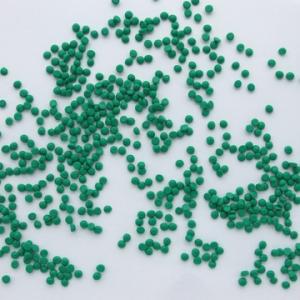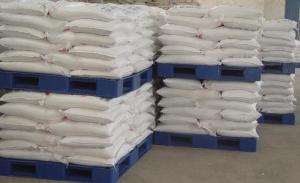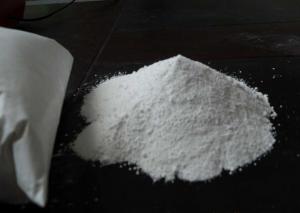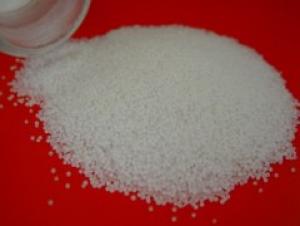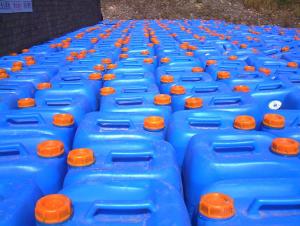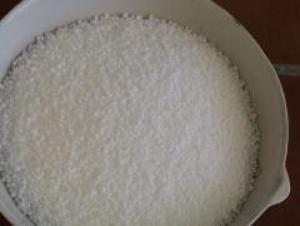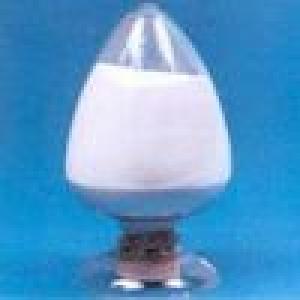PVC RESIN SG3
- Loading Port:
- China Main Port
- Payment Terms:
- TT OR LC
- Min Order Qty:
- -
- Supply Capability:
- -
OKorder Service Pledge
Quality Product, Order Online Tracking, Timely Delivery
OKorder Financial Service
Credit Rating, Credit Services, Credit Purchasing
You Might Also Like
Packaging & Delivery
| Packaging Detail: | In 25kg net kraft paper bag with pp compound inside lining bag, 17mts/20'FCL without pallets. |
| Delivery Detail: | within one month |
Specifications
pvc resin k 65-67 (Tianhu Brand)
1. SG-5 PVC Resin
2. PVC resin for pipes or windows
3. manufacturer supply PVC resin
- Q: Like the role of B, Fe, Mg, Ca, Mn, Cu, Cl, P, S, N ...., the more specific the better (college entrance examination range)
- Ca2 + is the animal bone and teeth (containing CaCO3) composition, and blood coagulation and muscle contraction has a regulatory role, if the content is too low, the animal will appear muscle twitch. K + is a variety of enzyme activator, for the plant starch and protein synthesis and animal nerve impulse conduction and muscle contraction also plays an important role. Fe is a component of hemoglobin and cytochrome, and iron-containing enzymes are indispensable when chlorophyll is formed in plants. Another example is Na + for animal heart beat, nerve excitement is indispensable.
- Q: I will eat a boiled egg every morning, drink a box of milk before going to bed at night, to stop these things, eat only vegetables?
- This is not accurate, the reference, I measured is 12.3, the normal range is 9.8 to 11.8kg it! You see your normal range, estimated machine different
- Q: How to isolate the effects of inorganic salts on enzyme solubility
- The effect of inorganic salts on the solubility of the enzyme was studied. The inorganic raw materials were pretreated with inorganic salts to separate the solid-liquid phase, and some of the lignin and hemicellulose were dissolved, and the sulfuric acid and the inorganic salt were added to the cotton Treatment, thereby improving the enzymatic hydrolysis efficiency. Using different amounts of sulfuric acid
- Q: The lack of three major inorganic salts can cause symptoms in the plant
- Nitrogen: to promote cell division and growth, so that leaves grow lush. Lack of performance: plant thin and thin, leaves yellow, severe leaves were light brown.
- Q: Is the inorganic salt related to the excitement
- Nerve conduction is the action potential along the order of nerve fibers occur. Nerve fibers are stimulated at some point if the intensity of this stimulus is sufficient, the response of this point to the stimulus is the change of polarity: Na + inflow, K + outflow, the original positive film surface, and now becomes negative. This makes it and its left and right adjacent (positive) have a potential difference between. So that the left and right adjacent films also undergo a change in permeability, and the action potentials are also generated in the same manner as in the above process. So step by step chain reaction and the emergence of the action potential of the order of transmission, which is the nerve impulse conduction.
- Q: Cells are composed of water and inorganic salts or by organic matter and none
- There are also organic matter such as protein and lipid
- Q: Why are inorganic sodium salts much better soluble in ethanol than potassium salts?
- Potassium's lone electron is much more easily transferred to produce a potassium ion than is sodium's because of its electronic structure so that any potassium salt is more ionic in nature than is its analogous sodium counterpart. Since ethanol is not very acidic (polar) it solublizes less polar materials preferentially over more polar ones. Therefore, sodium salts will, generally, be more soluble in ethanol than will be potassium analogs.
- Q: What is the risk of low inorganic salt?
- Phosphorus into the body of phosphorus containing 750-800mg about 1% of body weight, mineral weight of 1/4. Of which 87.6% in the form of hydroxyapatite bone salt stored in the bones and teeth, 10% with protein, fat, sugar and other organic matter combined constitute soft tissue, the rest distributed in the muscle, skin, nerve tissue and other tissues and membranes Of the ingredients. Function Phosphorus is present in every cell of the human body, which is indispensable for bone growth, tooth development, renal function and nerve conduction. Phosphorus is a component of nucleic acids, phospholipids and certain enzymes, which promotes growth and tissue repair. It helps carbohydrate fat and protein utilization, regulates glycogen breakdown, and participates in energy metabolism. Phospholipids are the major components of the cell membrane, which are related to the permeability of the membrane. Phosphate can regulate the metabolism of vitamin D, to maintain the stability of calcium within the environment. Lack of disease phosphorus deficiency when the mental confusion, cranial nerve palsy, transport disorders, muscle weakness, hypothyroidism, anorexia, joint stiffness, abnormal blood, urinary calcium increased. Typical cases hyperphosphatemia, renal dysfunction, or hypoparathyroidism and hypothyroidism and other endocrine diseases can also occur. Too many symptoms nerve excitement, tetany and convulsions. The physiological requirement of phosphorus is 12.3mg / kg / d. Calcium / phosphorus ratio in the 2: 1-1: 2 appropriate range. Food sources food in the meat, fish, milk, beans and hard shells and other phosphorus more.
- Q: I am a candidate for this year's Harbin City, Jiqiu the standard answer, tomorrow I will test !!!
- norganic salts are important for the structure of tissues and cells. Hard tissues such as bones and teeth are mostly composed of calcium, phosphorus and magnesium, and soft tissue contains more potassium. The inorganic salt ions in the body fluid regulate the permeability of the cell membrane, control the water, maintain normal osmotic pressure and acid-base balance, and help transport the general element to the body, participate in nerve activity and muscle contraction. Some are inorganic or organic compounds that are involved in many important physiologic functions, which are constituents of enzymes that make up enzymes, hormones, vitamins, proteins and nucleic acids, or as activators of various enzyme systems. For example: to maintain the heart and brain activity, to help the formation of antibodies, play a useful role in the human body.
- Q: The application of various inorganic salts in the human body?
- All tissues of the human body contain strontium, is also the main component of bone and teeth, mainly gathered in the ossification of the place, can be strong bones.
Send your message to us
PVC RESIN SG3
- Loading Port:
- China Main Port
- Payment Terms:
- TT OR LC
- Min Order Qty:
- -
- Supply Capability:
- -
OKorder Service Pledge
Quality Product, Order Online Tracking, Timely Delivery
OKorder Financial Service
Credit Rating, Credit Services, Credit Purchasing
Similar products
Hot products
Hot Searches
Related keywords
